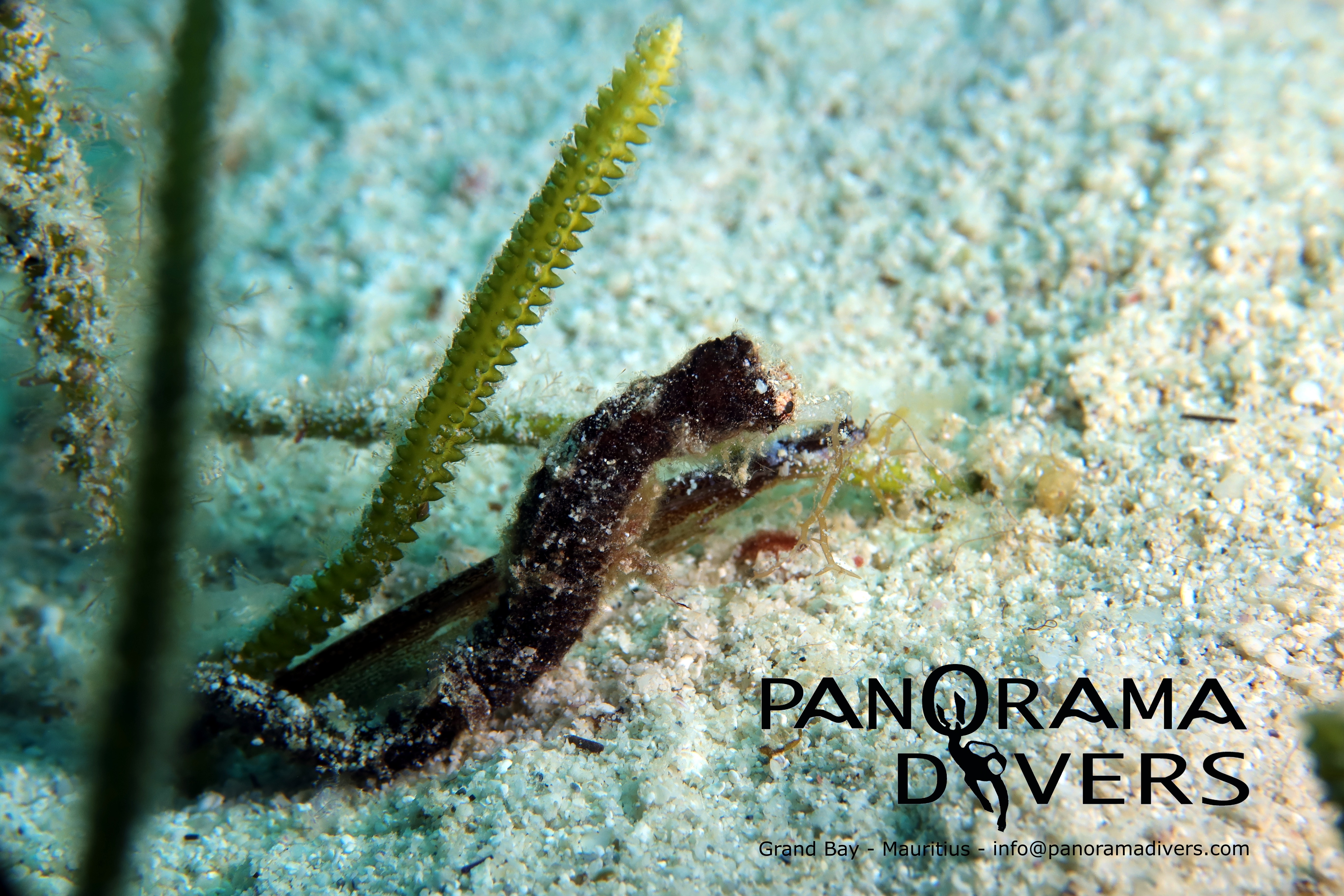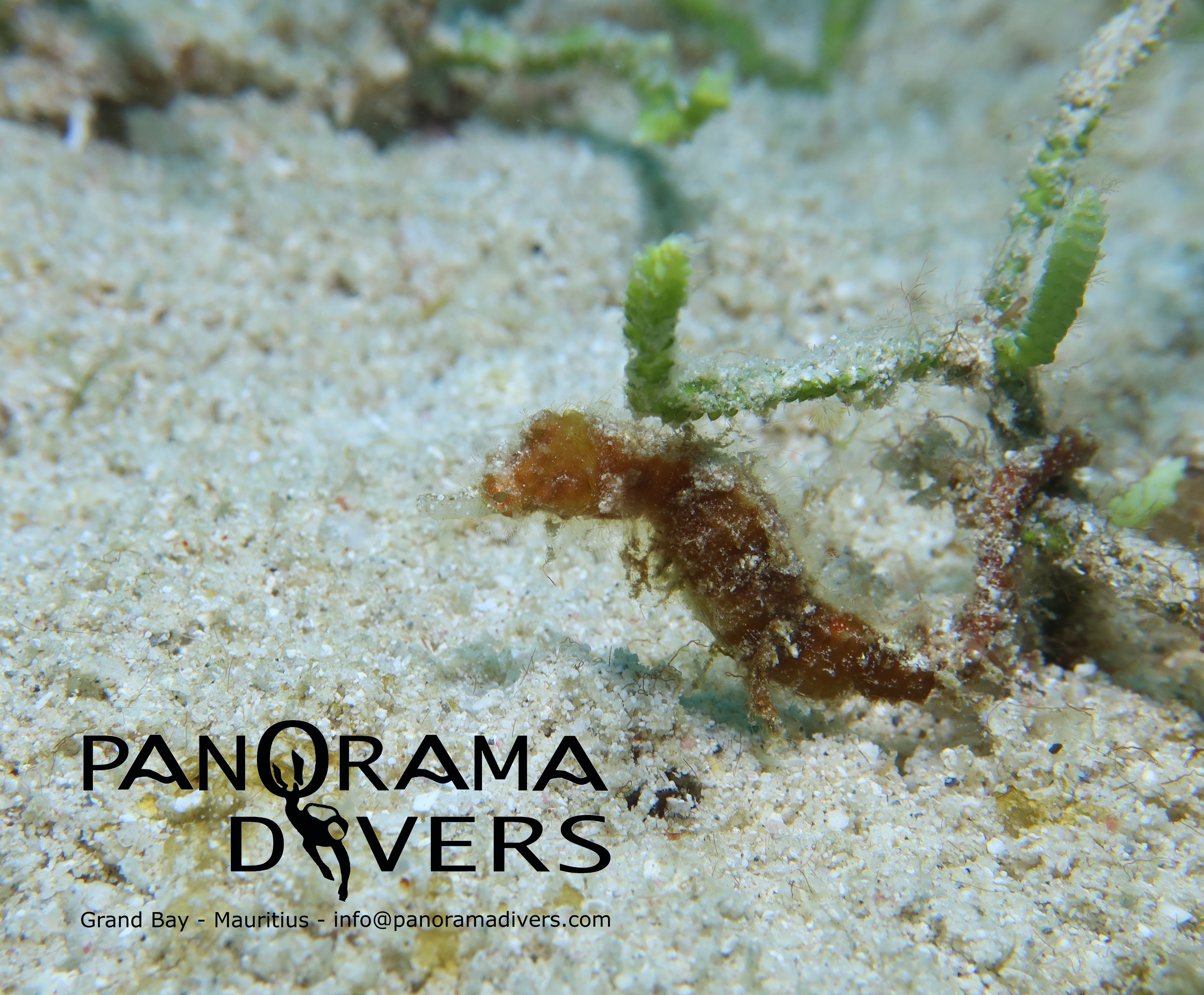Discovering Mauritius' Hidden Treasures: The Enigmatic Seahorses of the Indian Ocean
- da Cindy
-
in Blog
-
Visite: 214
Discovering Mauritius' Hidden Treasures: The Enigmatic Seahorses of the Indian Ocean
Are you curious about the captivating world of seahorses? Dive into our latest article exploring the secrets of Mauritius' enigmatic seahorses, including the fascinating Hippocampus tyro species. Join us on a journey beneath the waves to discover these charismatic creatures and learn about the challenges they face in their oceanic realm.
Introduction:
Nestled in the warm waters of the Indian Ocean, the island of Mauritius harbors a wealth of marine life, much of which remains unexplored and enigmatic. Among these hidden treasures are the fascinating seahorses, particularly the Hippocampus tyro species. In this article, we embark on a journey to uncover the secrets of these charismatic creatures, delving into their unique characteristics, habitats, and the challenges they face in the ever-changing ocean environment.

Description:
Life Span: Seahorses, including the Hippocampus tyro species found in Mauritius, typically have a lifespan ranging from one to five years in the wild, depending on various factors such as predation, habitat quality, and availability of food.
Diet: These small marine marvels are carnivorous, primarily feeding on tiny crustaceans such as shrimp and zoo plankton. Their elongated snouts that works like a “vacuum cleaner” allow them to precisely target and consume their prey.
Habitat: Hippocampus tyro seahorses prefer shallow coastal waters with ample vegetation, coral reefs, or seagrass beds where they can find shelter and camouflage themselves among the swaying plants. The rich marine biodiversity of Mauritius provides an ideal habitat for these unique creatures, which are sometimes difficult to distinguish among the vast seagrass meadows.
Size: Typically measuring between 10 to 15 centimeters in length, Hippocampus tyro seahorses are relatively small compared to other seahorse species. Although they are poor swimmers, their small size allows them to move effortlessly through their complex habitats
Predators: Despite their charming appearance, seahorses face numerous predators in their natural environment. Larger fish, such as remoras, are among the primary threats to these delicate creatures. Their reliance on camouflage and slow swimming speeds makes them vulnerable to predation. However, sadly, and like many other animals, the most formidable predator for seahorses is undoubtedly humans (fishing, capture for aquariums, pollution, etc).
Reproduction: Seahorses possess a unique reproductive strategy where the male carries and incubates the fertilized eggs in a specialized pouch until they hatch. This distinctive behavior sets them apart from most other marine species and highlights their ability to evolve according to their environment to increase their chances of survival and reproduction.
Fun Facts about Hippocampus tyro and seahorses in general:
-
- Monogamous Relationships: Seahorses are one of the few animal species where the males carry and give birth to the offspring. They form monogamous pairs and engage in elaborate courtship rituals, including dancing and color changes, to bond with their mate.
- Excellent Camouflage Artists: Seahorses have the remarkable ability to change color and blend seamlessly into their surroundings, thanks to specialized skin cells called chromatophores. This adaptation helps them evade predators and ambush their prey.
- Slow Swimmers: Despite their small size, seahorses are not strong swimmers. They use their dorsal fin, located on their back, to propel themselves through the water at a leisurely pace. Their unique method of swimming, combined with their ability to grasp onto objects with their prehensile tails, allows them to navigate their habitat effectively.
- Limited Range of Motion: Unlike most fish, seahorses have a fixed skeletal structure, which limits their range of motion. They rely on their unique anatomy, including independently moving eyes and a flexible neck, to compensate for their lack of mobility.
- Unique Digestive System: Seahorses have a highly specialized digestive system that allows them to consume large amounts of food in a short period. Their elongated snouts and straw-like mouths enable them to suck in prey with precision, while their digestive tract processes food quickly to extract nutrients efficiently.
- Conservation Concerns: Many seahorse species, including the Hippocampus tyro, are facing threats due to habitat destruction, overfishing, and the illegal wildlife trade. Conservation efforts are crucial to protecting these vulnerable creatures and preserving their delicate ecosystems.
- Symbolism and Cultural Significance: Seahorses hold symbolic significance in various cultures around the world. They are often associated with attributes such as patience, persistence, and fatherhood. In some cultures, they are believed to bring good luck and are revered as symbols of strength and protection.
These fun facts highlight the unique and fascinating nature of seahorses, including the Hippocampus tyro species found in Mauritius.

Conclusion:
In conclusion, the Hippocampus tyro seahorses of Mauritius represent a captivating and integral component of the island's marine ecosystem. Their enchanting presence serves as a reminder of the intricate web of life that thrives beneath the ocean's surface. However, these remarkable creatures face numerous threats, including habitat destruction, pollution, and overexploitation. As stewards of our oceans, it is our responsibility to protect and conserve these vulnerable species for future generations to cherish and admire. Through education, research, and sustainable management practices, we can ensure that Mauritius' seahorses continue to enchant and inspire for years to come.
Comments
- No comments found




Leave your comments